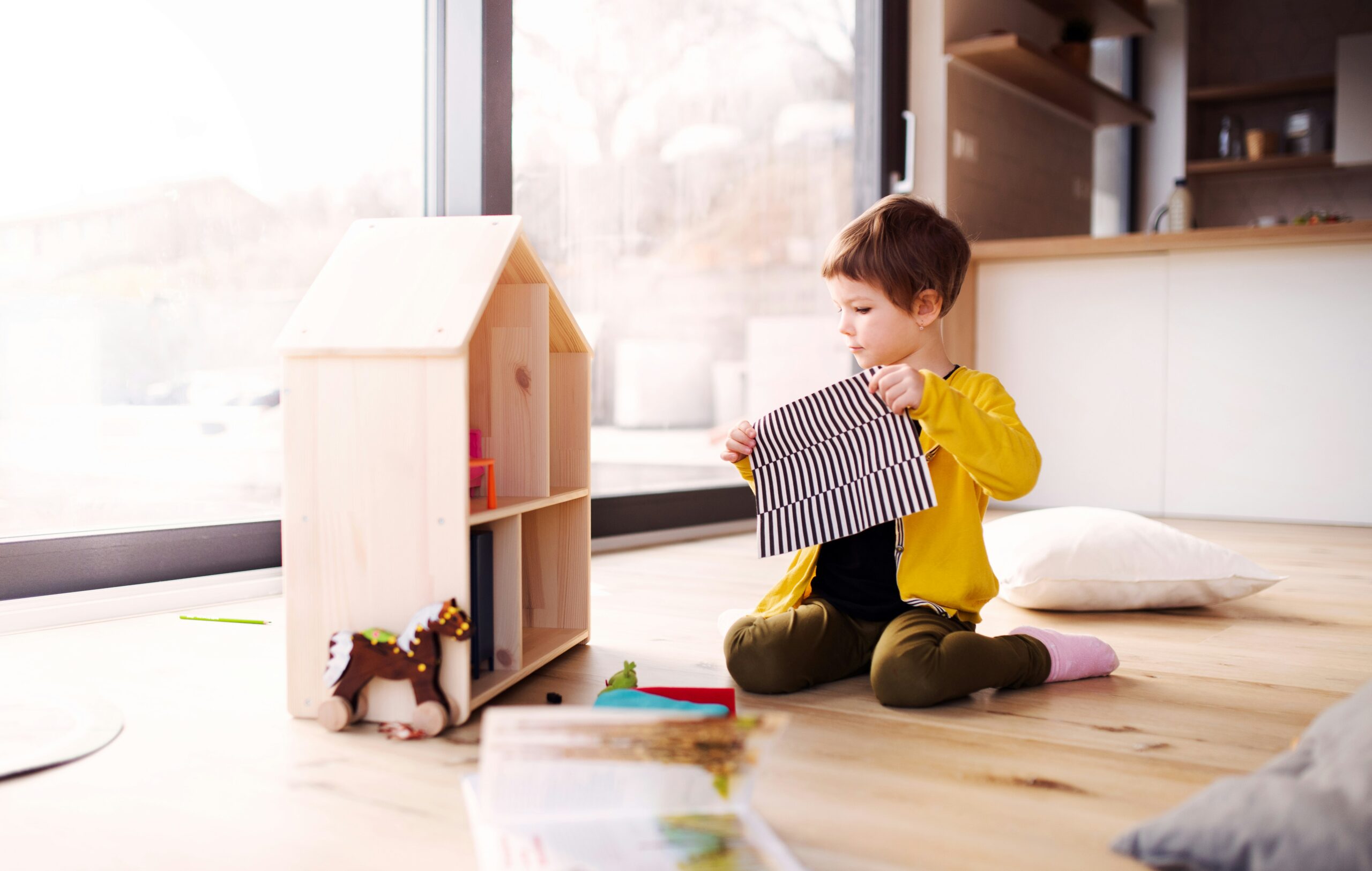
Many people associate growth with group activities, collaboration, or teamwork. While community is essential, an overlooked path to both personal development and stronger communities lies in playing alone. Whether it is a child building a block tower by themselves, an adult sketching quietly, or someone exploring a trail without company, the benefits of solitary play ripple far beyond the individual. Playing alone builds resilience, sparks creativity, and, surprisingly, strengthens community bonds.
The Value of Solitary Play
Playing alone is often misunderstood. Some see it as loneliness, but it is not about isolation. Instead, it is about engaging in self-directed activities without outside influence. This freedom allows individuals to explore ideas at their own pace, without pressure, and discover deeper layers of creativity.
When someone engages in solitary play, they learn to trust their instincts. This internal dialogue fosters independence, problem-solving, and confidence. As these skills develop, people bring new strengths back into their communities.
Building Self-Confidence
Confidence grows when people learn they can rely on themselves. Playing alone teaches individuals to trust their abilities. For children, this might mean finishing a puzzle without help. For adults, it could be trying a new hobby, such as painting or coding.
Confidence gained through solitary play does not stay private. A confident individual is more likely to share ideas, volunteer in community projects, and encourage others to do the same. This cycle directly contributes to stronger community growth.
Enhancing Creativity
When people spend time playing alone, they allow creativity to flourish without limits. Without judgment or outside expectations, ideas can flow freely. Writers, musicians, and innovators often find their most significant breakthroughs during moments of solitude.
Creative energy cultivated during alone time naturally extends to group settings. A person who develops creative problem-solving alone can later introduce fresh perspectives in community collaborations, helping everyone grow together.
Strengthening Emotional Resilience
Life often brings stress and uncertainty. Playing alone offers a healthy outlet for managing emotions. Whether through journaling, crafting, or simply walking in nature, solitary activities build resilience.
This resilience benefits communities too. Individuals who can regulate emotions independently tend to create calmer, more supportive environments. They contribute to collective stability and help communities adapt to the challenges they face.
How Playing Alone Encourages Reflection
Reflection is a powerful tool for personal growth. In the quiet solitude of play, people can process their thoughts and experiences without distractions. This reflective practice encourages clarity and self-awareness.
Communities benefit from members who reflect on their choices and values. A reflective person is better prepared to contribute constructively, resolve conflicts, and inspire meaningful discussions.
From Solitary Strength to Community Growth
It may seem paradoxical, but playing alone can actually strengthen community bonds. When individuals invest in their personal growth, they become more substantial contributors to their communities. Communities thrive on the diversity of thought, creativity, and resilience—all qualities that are enhanced by solitary play.
For example, someone who practices painting alone may later teach art workshops, bringing joy to neighbors. A person who hikes alone may organize group nature outings, promoting wellness. These contributions begin with solitary exploration but ultimately lead to community enrichment.
Overcoming the Stigma of Being Alone
In many cultures, being alone is viewed as something to be avoided. Yet solitude should not equal loneliness. Learning to enjoy playing alone redefines independence as a form of strength.
Communities can support this shift by creating spaces that accommodate both group and individual activities. Libraries, parks, and community centers can provide environments where people feel comfortable pursuing their interests alone while still being part of a larger community.
Practical Ways to Embrace Playing Alone
Start small: Try simple activities like journaling, sketching, or solo walks.
Set goals: Pick a project that excites you, such as learning an instrument or building a craft.
Limit distractions: Playing alone works best when digital interruptions are minimized.
Celebrate progress: Reflect on what you discover about yourself and share insights with others when ready.
Balance solitude with community: Use personal growth as a foundation for giving back.
The Role of Transitioning from Alone to Together
Playing alone is not the end of the journey—it is the beginning. The self-awareness and confidence developed during solitude prepare people to engage with others in meaningful ways. Transitioning from playing alone to participating in group activities creates harmony.
Communities that respect both solitude and collaboration enjoy a balance where individual growth feeds collective strength.
Why Communities Need Independent Thinkers
Strong communities rely on members who bring unique perspectives. Independent thinkers often emerge from solitary play. By working through ideas on their own, they build originality and courage.
When these thinkers share insights, communities evolve. They spark innovation, push for change, and encourage others to step outside comfort zones. Playing alone, therefore, becomes a foundation for progress that benefits everyone.
Playing alone is not about withdrawing from society; it’s about finding a balance. It is about nurturing inner strength, creativity, and resilience. These qualities, once developed, flow back into communities, making them stronger, more diverse, and more supportive.
When we celebrate the value of solitary play, we foster personal growth and create communities where independence and connection coexist harmoniously. Ultimately, playing alone is not only about personal enrichment—it is about building stronger communities for everyone.